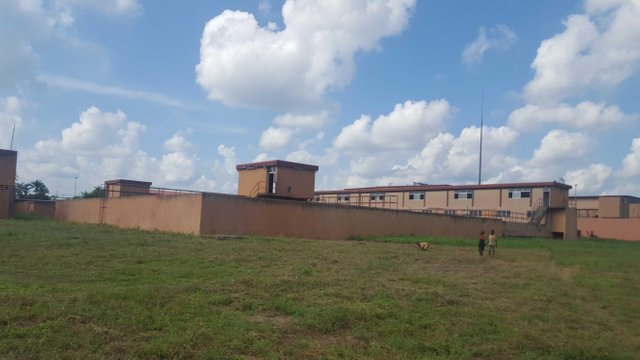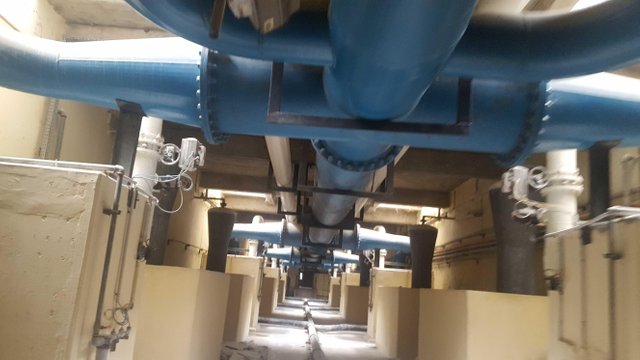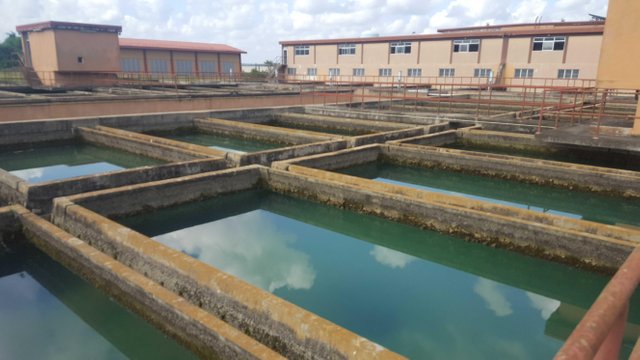Ulog6 A visit to asejire dam, many thanks to @surpassinggoogle for giving us @ulogs
Let's learn a bit of water resources, one of the four major branches of civil engineering.
Water resources has to deal with all activities involved with water which includes; sources of water, treatment of water, availability and distribution of water, characterization of water, water quality, water management and standardisation of water.
Water has an infinite usage. Such as agricultural, industrial, household, recreational, environmental activities and many more. Likewise all living things require water to grow and reproduce.
Water covers about 75% of the earth surface with 97% salt water and 3% freshwater. The two major sources of water is the ground and surface water. Due to an ever increasing pollution of surface water and the gradual depletion of ground water. There is need for the treatment of excessive waste water and the preservation of reservoirs.
As part of my on-going project work in school, Where we are carrying out the treatment of pharmaceutical wastewater using activated cow bone ash. It was important that we know some basic water purification processes and see it's practicality. Asejire dam had all we needed.

[Source](My Samsung phone)
Wastewater treatment remains a global challenge on the world at large, we look forward to playing our quota in reducing water pollutants.
This visit was a brief one coupled with a critically low phone battery which hindered me from getting pictures of the whole water treatment processing units, which includes;
- Aeration
- Screening
- Sedimentation
- Coagulation
- Filtration
- Activated carbon
- Softening
- Disinfection
- Clear-water reservoir

[Source](my Samsung phone)
Not all the above processes will be required for water treatment. The treatment processes will be selected based on the quality and nature of water required. But in the case of domestic usage for instance; sedimentation, coagulation, Filtration and disinfection is appropriate. But in terms of our project, we will be making use of sedimentation, activated carbon and filtration.

[Source](my Samsung phone)
This reservoir provides water supply to its communities and has a capacity of about 80 million liters per day, of which 80% is used for domestic purposes.
It was my first visit to any dam and I had learned a great deal about water treatment and preservation. A dam is complementary to a reservoir as one cannot exist without the other.
Water remains a precious resource for mankind and must be preserved and treated for the continuity of our existence.
With #ulog am learning new ways to tell my every day story and am also enjoying the steemit community more and more and hope to spend more time with this amazing community.
Thanks for reading.